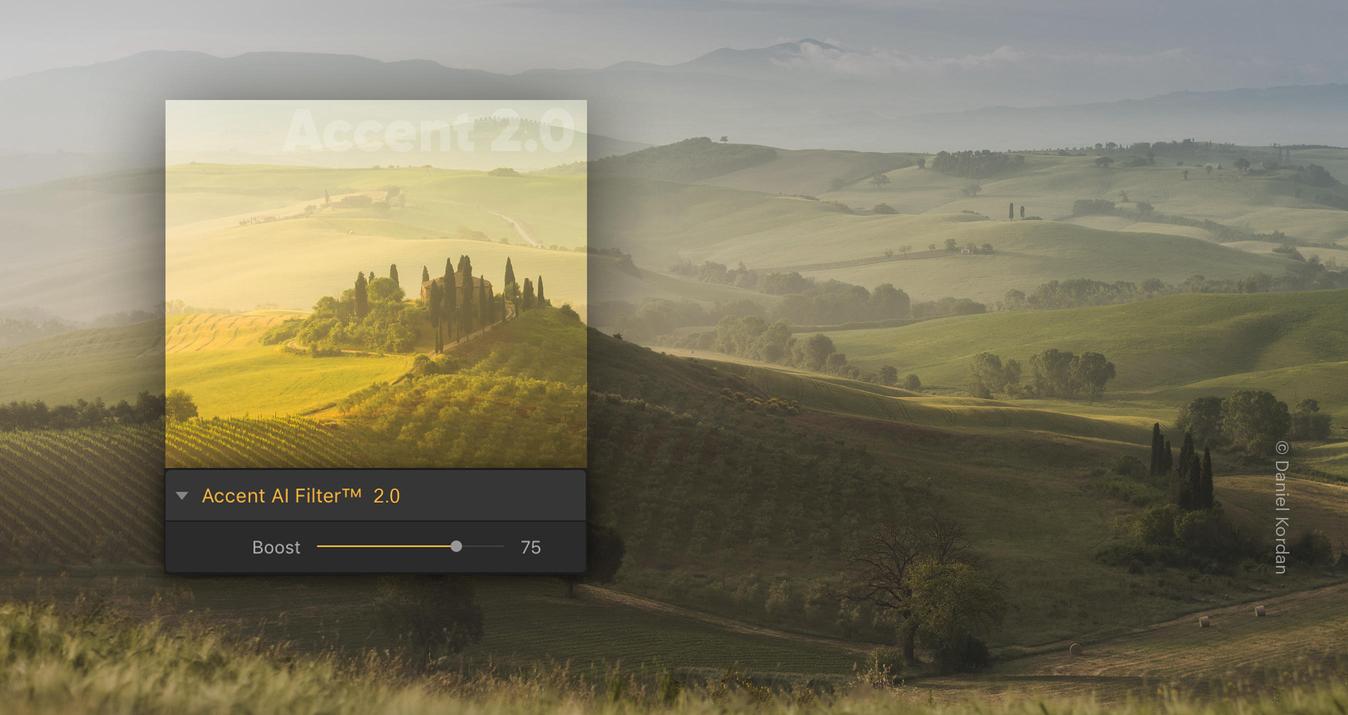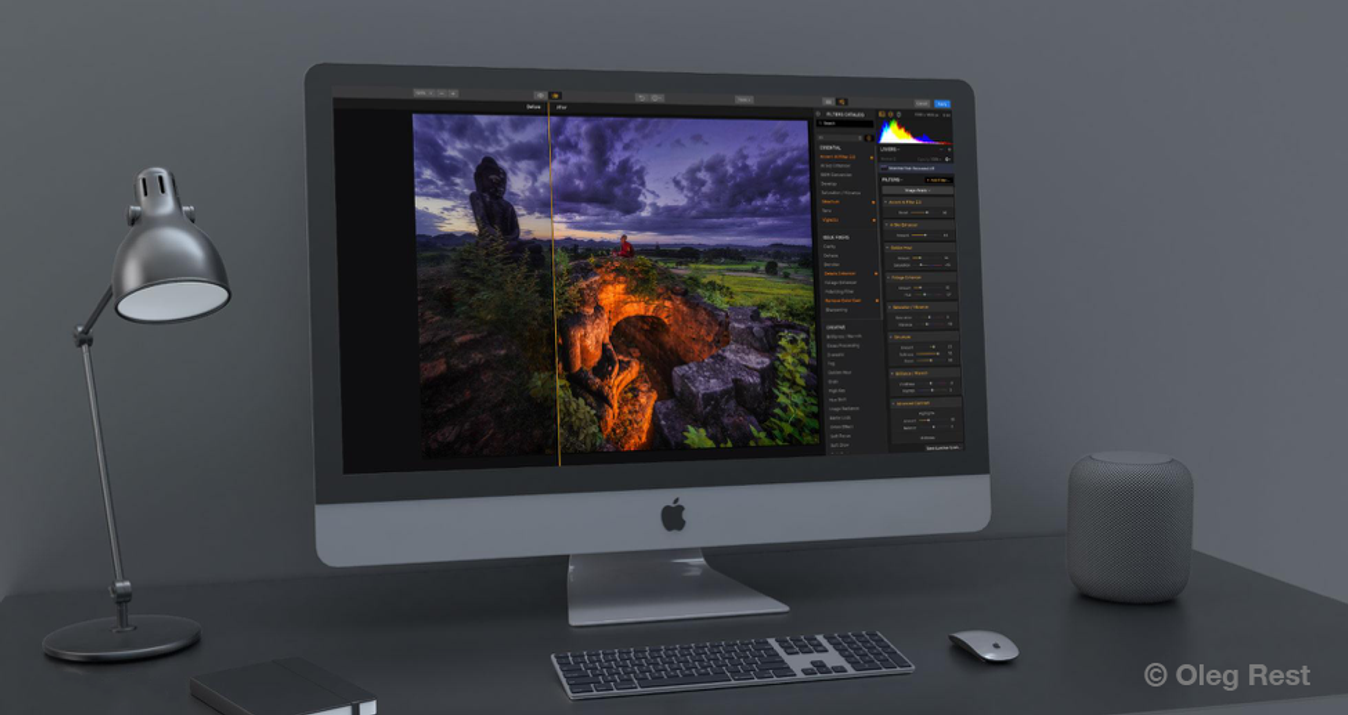In order to take good photos, you must know at least a little bit of theory. The knowledge of soft and hard light will give you a broader perspective if you're a professional, and an understanding of how to take studio and street photos if you're a beginner.
 You don't need to be a professor to understand the subject. You should know that light can be diffusional and directional. In nature, it is easy to observe these different types of light. For example, direct sunlight falls on the earth on a sunny and bright summer day. This light will be scattered if the sky is covered with clouds. And if there are no clouds, the sunlight can be called directional. With it, the shadow from objects or a person turns out to be clear, as if drawn, and in cloudy weather, with diffused light, the shadow will become almost invisible. However, the street will still be precisely illuminated, as with directional light.
You don't need to be a professor to understand the subject. You should know that light can be diffusional and directional. In nature, it is easy to observe these different types of light. For example, direct sunlight falls on the earth on a sunny and bright summer day. This light will be scattered if the sky is covered with clouds. And if there are no clouds, the sunlight can be called directional. With it, the shadow from objects or a person turns out to be clear, as if drawn, and in cloudy weather, with diffused light, the shadow will become almost invisible. However, the street will still be precisely illuminated, as with directional light.
At first glance, it is clear how it works. But we propose to go a little deeper into this issue to know how to control the light while photographing. To do this, we will have to explore light qualities first.
What is hard light, and why do some photographers avoid it?
 Let's start with the hard light definition. This one is usually from a point source and is directional. Examples of such sources are the sun in a clear sky at noon, a spotlight, and a studio flash with a small light reflector far from the subject. It forms sharp and deep shadows and the area of transition from light to shadow (tonal transition) is minimal. In other words, the border is sharp. Such lighting, when directed at an angle, conveys the character of the surface and texture very well but, at the same time, strongly emphasizes wrinkles or skin irregularities. This photography tends to be dramatic and bright.
Let's start with the hard light definition. This one is usually from a point source and is directional. Examples of such sources are the sun in a clear sky at noon, a spotlight, and a studio flash with a small light reflector far from the subject. It forms sharp and deep shadows and the area of transition from light to shadow (tonal transition) is minimal. In other words, the border is sharp. Such lighting, when directed at an angle, conveys the character of the surface and texture very well but, at the same time, strongly emphasizes wrinkles or skin irregularities. This photography tends to be dramatic and bright.
But, despite this, many photographers avoid working with it, as this light also requires specific skills and exact installation and adjustment of the artificial lighting. The slightest turn of the head in one direction or another leads to a decisive change and often to the destruction of a beautiful pattern.
On the other hand, natural hard lighting photography has become a favorite technique of street photographers in recent years, as it allows you to focus on subtle details and find something unusual in seemingly ordinary situations.
What is soft light in photography?
 It is not necessarily diffused, as is sometimes claimed. This interpretation of soft lighting is incomplete. The following statement would be more correct: the softness or hardness of lighting is determined by the relative size of the source in comparison with the subject, as well as the distance to the subject.
It is not necessarily diffused, as is sometimes claimed. This interpretation of soft lighting is incomplete. The following statement would be more correct: the softness or hardness of lighting is determined by the relative size of the source in comparison with the subject, as well as the distance to the subject.
Based on this, this source can also produce harder lighting if you increase the distance between it and the subject so that the distance is much greater than the size of the source. That is, if you move the light source, it will become close to a point source.
And how to diffuse it in the studio? After all, a flash is almost a point source!
The way is to make the radiation area larger, that is, to spread the light using a large surface. Note that the direction will remain the same! Technically, this is done by reflecting light from a large surface (reflective umbrella, shooting with an on-camera flash pointed at the ceiling), or by transmitting through a large-area diffusing material (softbox, scream panel, frost frame). Natural soft light examples are the sky on an overcast day and a large window that is out of direct sunlight.
The image obtained with a soft light source has more extended borders of transitions from light to shadow, that is, broader tonal transitions. Such flatters well cause it hides the texture of the surface, and roughness and skin defects in the portrait shot become less noticeable.
Many people think that to shoot a portrait in soft light you need to have studio equipment. This is not at all a requirement. Good soft light photos can be captured near the window.
Hard lighting vs. soft lighting photography: which one is better?
 So, which one is better in the soft lighting vs. hard lighting competition? When used adequately, each is good in its way. The first allows you to emphasize the texture and create a more graphic image, while the second draws penumbra well and makes the texture softer. We can say that the soft one is more tolerant of changes in the position of the person we photograph.
So, which one is better in the soft lighting vs. hard lighting competition? When used adequately, each is good in its way. The first allows you to emphasize the texture and create a more graphic image, while the second draws penumbra well and makes the texture softer. We can say that the soft one is more tolerant of changes in the position of the person we photograph.
From a significant source, it allows the model to change the position of the head without catastrophic changes in the pattern. In our opinion, it is challenging to sit still and, at the same time, show some emotions. Therefore, we find soft light to be more versatile in the hard vs. soft lighting competition. It allows the model to move, of course, within certain limits. Usually, we show on the shooting the boundaries of the turn or tilt of the head with the light set, while the model feels entirely free and comfortable, and we do not have to rearrange the light with each turn of the head.
In addition, there are other genres of photography in which both hard and soft lighting are appropriate. For example, the already mentioned street photography tends to have sharper shadow edges, but even in cloudy weather, photographers manage to shoot masterpieces.
That is, “soft light vs. hard light photography” is not an entirely correct comparison because it's all about the photographer's skills, style and genre, goals, objectives, etc.
However, this question most often arises among those photographers who work mostly in a studio with artificial light. In this case, we can say that soft transitions between light and dark areas are more flexible. So we would recommend that beginners start with this.
Soft and Hard Light photography examples
Now, to clarify this, let's look at some examples. There will also be a few other peculiarities that I didn't mention earlier. So, hard light photos:




 We said that such a pattern emphasizes wrinkles, right? But who said it's bad? Many photographers set their lighting this way when photographing older people. Looks spectacular, don't you think?
We said that such a pattern emphasizes wrinkles, right? But who said it's bad? Many photographers set their lighting this way when photographing older people. Looks spectacular, don't you think?
You may have noticed that many of the examples are black-and-white photographs. Yes, this is another interesting way to use hard light. When there is no color, the sharp edges of the shadows look even more expressive.
In studio portrait photography, these two cases call for precisely this kind of rough lighting. Of course, you don’t have to shoot like this, but it’s definitely worth mastering this technique.
Now let's look at soft light photography examples:




 As you can see, here, the shadows look more gentle, but this does not affect the contrast and brightness of the image in any way. Newbies sometimes confuse different types of light because of the high brightness and contrast. You shouldn't make this mistake. Remember that the only thing worth paying attention to is the tonal transition. The faster you learn to distinguish between hard and soft light for photography, the easier it will be for you to master both.
As you can see, here, the shadows look more gentle, but this does not affect the contrast and brightness of the image in any way. Newbies sometimes confuse different types of light because of the high brightness and contrast. You shouldn't make this mistake. Remember that the only thing worth paying attention to is the tonal transition. The faster you learn to distinguish between hard and soft light for photography, the easier it will be for you to master both.
Luminar Neo: let the light obey you!
Now that you've set your sights on the hard light vs. soft light contest, we would like to tell you something else that can help you both understand the secrets of studio work and in improving your photos after shooting.
Luminar Neo is a professional photo editing software that uses artificial intelligence technology to make your work as enjoyable as possible.
Forget grueling hours of editing in Photoshop because in Luminar Neo you can do all the same, but with just a few clicks. For example, it is possible to change the color palette by moving just one slider while the AI determines the best combination of shades for a particular photo.
Convenience and simplicity are not the only advantages of this program. If you wish, you can take everything into your own hands to control even the most minor changes as much as possible – this software does not limit you in any way.
Luminar Neo has a wide range of tools and is not inferior in functionality to more advertised programs such as PS. Moreover, it can do even more. For example, you can change the lighting conditions of the scene to soften the initially hard light and vice versa.
Luminar Neo has many more advantages worthy of your attention, but we want to highlight the main thing. This is not just a set of tools for editing your pictures but a complete workspace that inspires more and more experiments. Of course, in it you can play with the light and see which is better for you: soft vs. hard light. Or you can try our multiple tools, like light photo editor online, that will help you to achieve professional-looking lights in just few clicks
Working in Luminar Neo, you will begin to understand photography in a new way, quickly grasp the subtleties that previously seemed to you at least higher mathematics, and get the inspiration you've been looking for.
In short, this is a great program that you should definitely try. This is where we end. We hope we were able to answer all your questions about hard vs. soft light. We wish you good luck in comprehending the secrets of photography!













